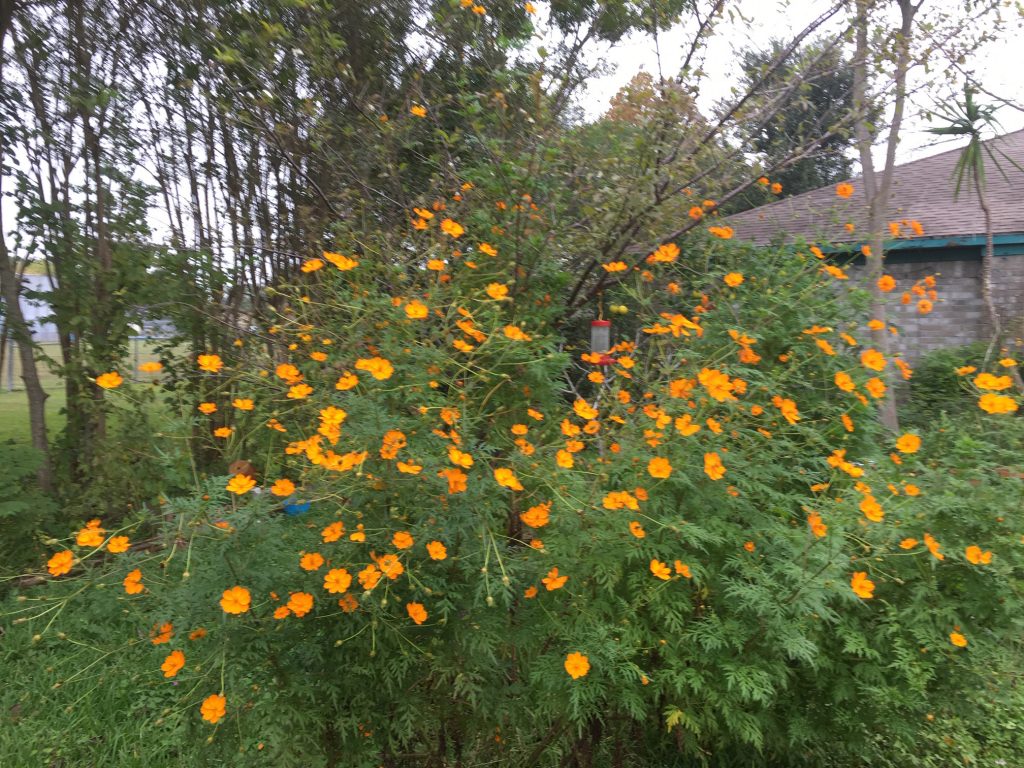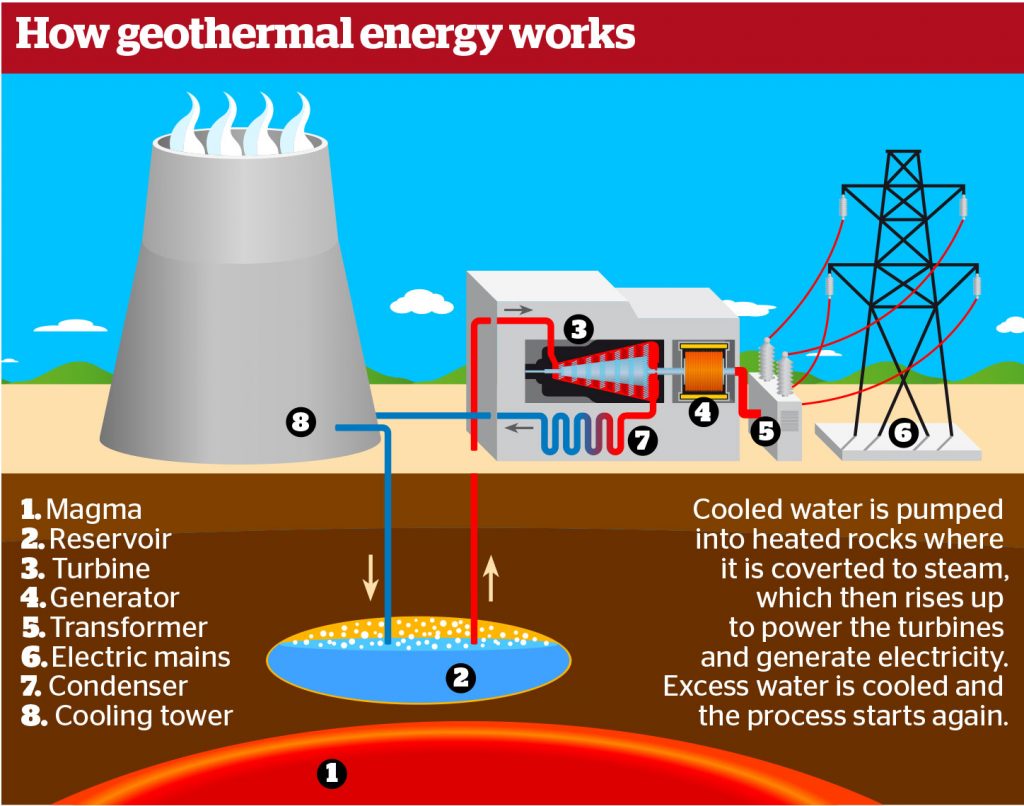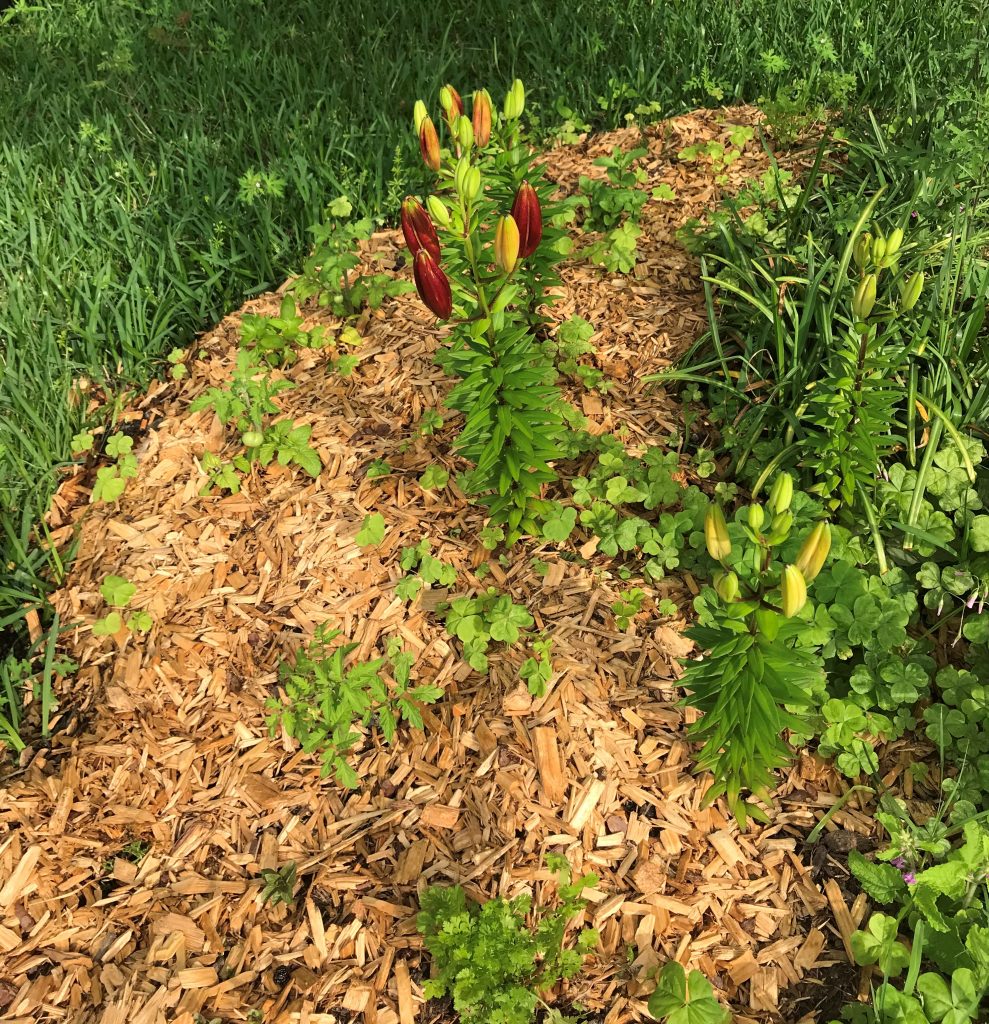Romantic Gestures That Keep on Giving (Unlike Cut Flowers)

|
This post was updated on 01/19/22.
Ads we feature have been independently selected and reviewed. If you make a purchase using the links included, we may earn a commission, which helps support the site.
Valentine’s Day is a perfect example of a holiday that inspires us to redesign spaces inside and outside our homes. Designing an outdoor space for a Valentine’s Day gift or parties and celebrations can be a lasting surprise for someone that you care about pleasing. Many gardeners remind us that Valentine’s Day is the time to trim our rose bushes so that choice makes perfect sense.
Any climate-appropriate plants are a great way to improve the look of your yard, flower bed, garden, or outdoor living space. Here are a few plant, seating, and lighting ideas that can help you design the space of your dreams at this time of year when nature is just busting out. Just think of it as the opportunity to tackle that list of new year’s DIY projects!
Choosing the Perfect Flower
Almost every woman that I’ve ever met loves to get flowers on Valentine’s Day, and some would far rather receive something living that will bloom on more than just that one day. After all, why limit yourself to a wilting bouquet when you can have cut flowers on a regular basis?
Many of us don’t mind caring for the flower or floral arrangement minimally, either, especially during the mild spring and fall months. Annuals, such as the coriopsis below, are very hardy and come back year after year once established. Our bird friends help to distribute the thistle seeds so keep those bird feeders full.

It goes without saying that the perfect flower species should be designed to suit your climate, sunlight requirements, and of course, soil conditions. If you are unsure of this type of information, talk to someone in a garden center, nursery, or plant retailer for more details. If your community is lucky enough to have a Master Gardener group, they are very knowledgeable about local plants and are generally very free with their information. Most even conduct indigenous plant and tree sales in the spring.
One useful tip is to find out her favorite color, and keep in mind how much time and energy will need to be devoted to caring for the plant. Design your outdoor Valentine’s Day surprise with this basic information in mind, so that you can be sure that your significant other will appreciate what you have created.
Find accents and accessories for the space in the favorite color if you cannot find in-season plants that are blooming for this special occasion, such as lighting, flags, decorations, water features (ponds, fountains), and similar items designed for outdoor use. These all are animal-friendly and count towards your nature-conservation efforts.
Choosing Outdoor Seating Arrangements
If the space is large enough, why not consider adding seating to your outdoor space to create the romantic environment this day is known for inspiring.
A great garden bench is a wonderful idea, so that two can sit comfortably, but be sure that any seating arrangement you choose is intended for use outdoors, including fabric choices. Marketing claims are not always what they seem. If you have a homeowners association, check to ensure that your project falls under their (often unreasonable) guidelines. A garden bench with storage such as the one shown below, doubles as a spot to keep your gardening tools.
High-quality and functional furniture will ensure that your gift lasts much longer, and the durable and beautiful addition will add monetary and aesthetic value to your home. We can’t say enough about home equity, can we?
Your seating needs to strike a balance; make it comfortable without presenting health risks. Select fabrics that are specifically designed and treated for outdoor use, so that the fabric does not mildew or mold after the first hint of condensation or dew.
Choosing Exterior Lighting
You may or may not be spending a significant amount of time in your space outdoors after the sun sets, but adding exterior lighting changes that parameter and gives you that opportunity should you desire to sit, entertain, and relax after the sun has gone down. A simple lantern, LED spotlight, or a couple of Tiki torches for the space is ideal for most arrangements.
The right combination and choice of illumination will add that perfect touch of light for a romantic rendezvous, this Valentine’s Day and into the foreseeable future. Certain lighting resembles candlelight, which is the most popular lighting for romance, so you can’t go wrong with a hint of light that doesn’t cost you an abundance of time, energy, or money to purchase or install.
Finally, if you really want to go big when you consider Valentine’s Day outdoor space ideas, think about a relaxing backyard deck. Springtime and income tax returns are coming; hint, hint.
More Articles to Enjoy
- 10 DIY New Year Projects to Tackle
- Great Home Improvement Valentine’s Days Gift Ideas
- How to Add Water Features to Your Backyard
- Wood Deck Design Fundamentals
- How to Choose the Right Outdoor Lighting
Did you find this article helpful? Millions of readers rely on information on this blog and our main site to stay informed and find meaningful solutions. Please chip in as little as $3 to keep this site free for all.








 Kelly R. Smith is an Air Force veteran and was a commercial carpenter for 20 years before returning to night school at the University of Houston where he earned a Bachelor’s Degree in Computer Science. After working at NASA for a few years, he went on to develop software for the transportation, financial, and energy-trading industries. He has been writing, in one capacity or another, since he could hold a pencil. As a freelance writer now, he specializes in producing articles and blog content for a variety of clients. His personal blog is at
Kelly R. Smith is an Air Force veteran and was a commercial carpenter for 20 years before returning to night school at the University of Houston where he earned a Bachelor’s Degree in Computer Science. After working at NASA for a few years, he went on to develop software for the transportation, financial, and energy-trading industries. He has been writing, in one capacity or another, since he could hold a pencil. As a freelance writer now, he specializes in producing articles and blog content for a variety of clients. His personal blog is at 